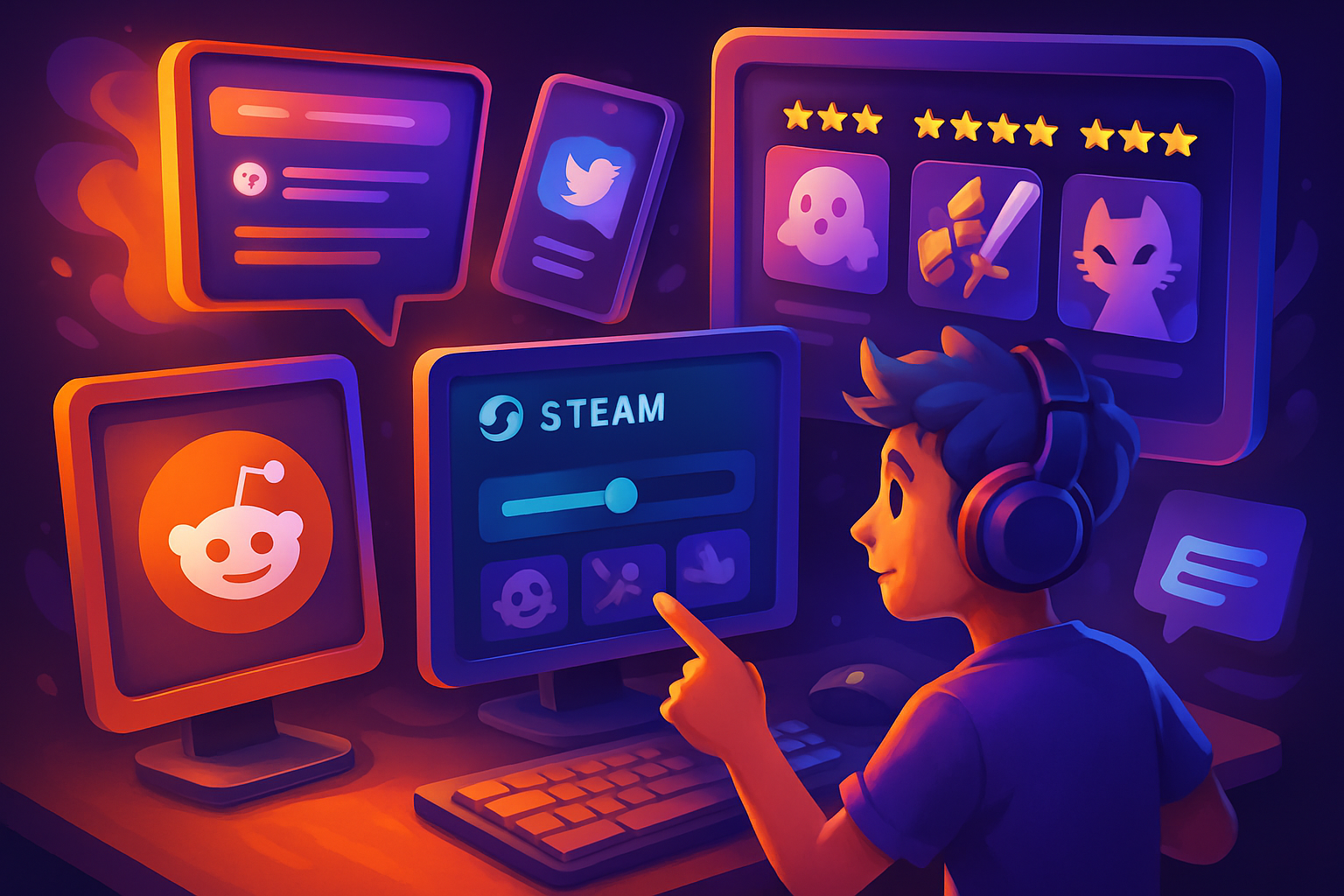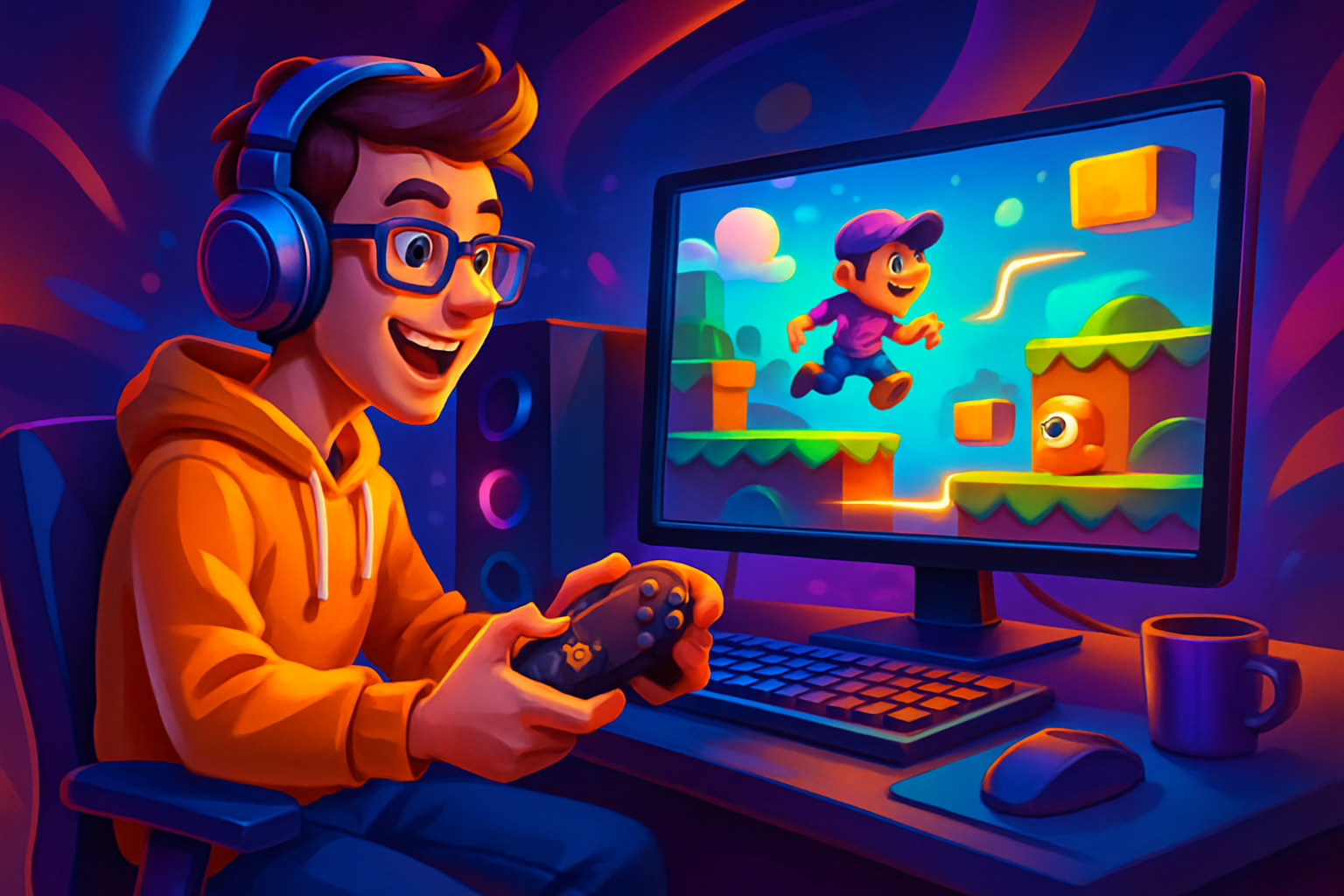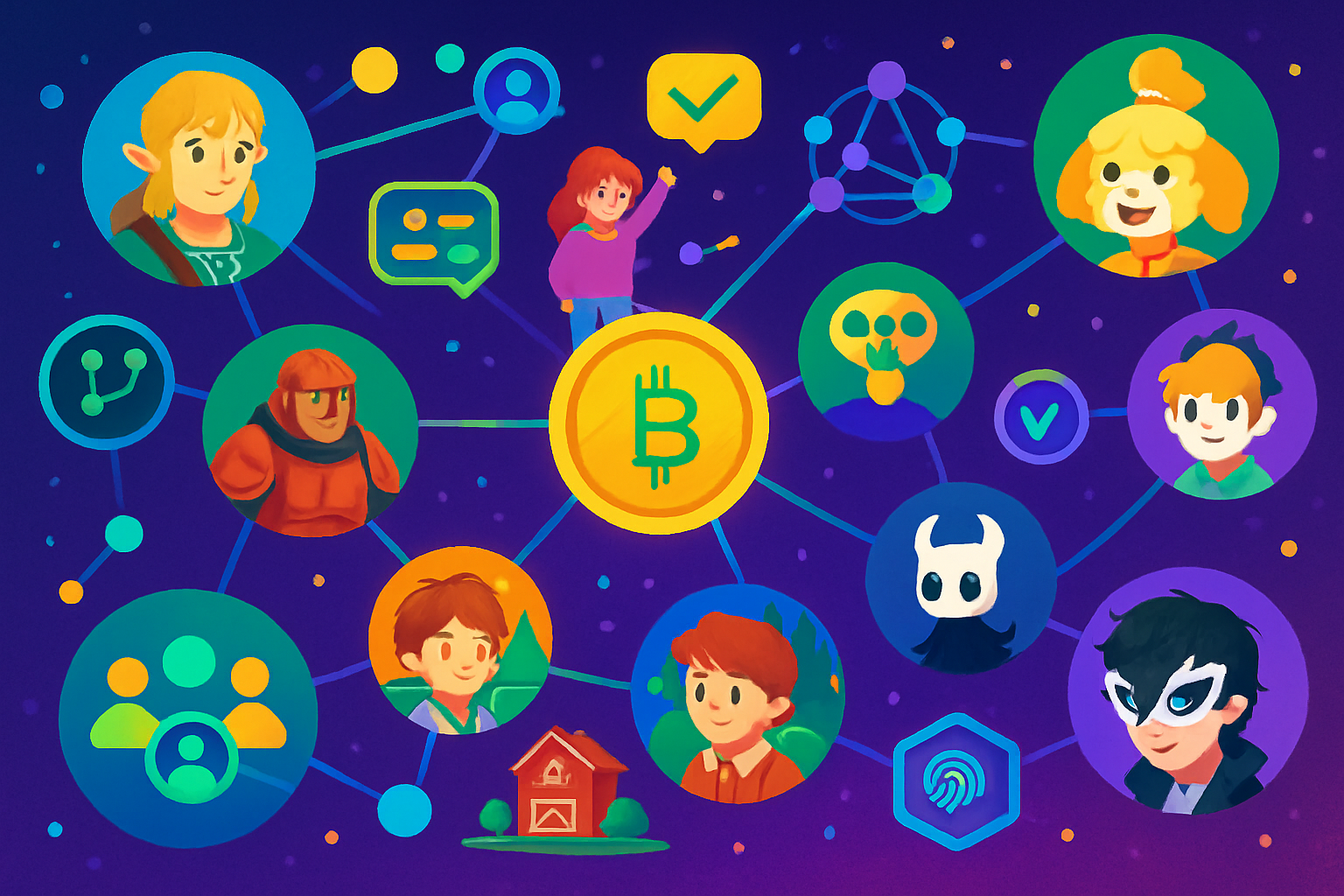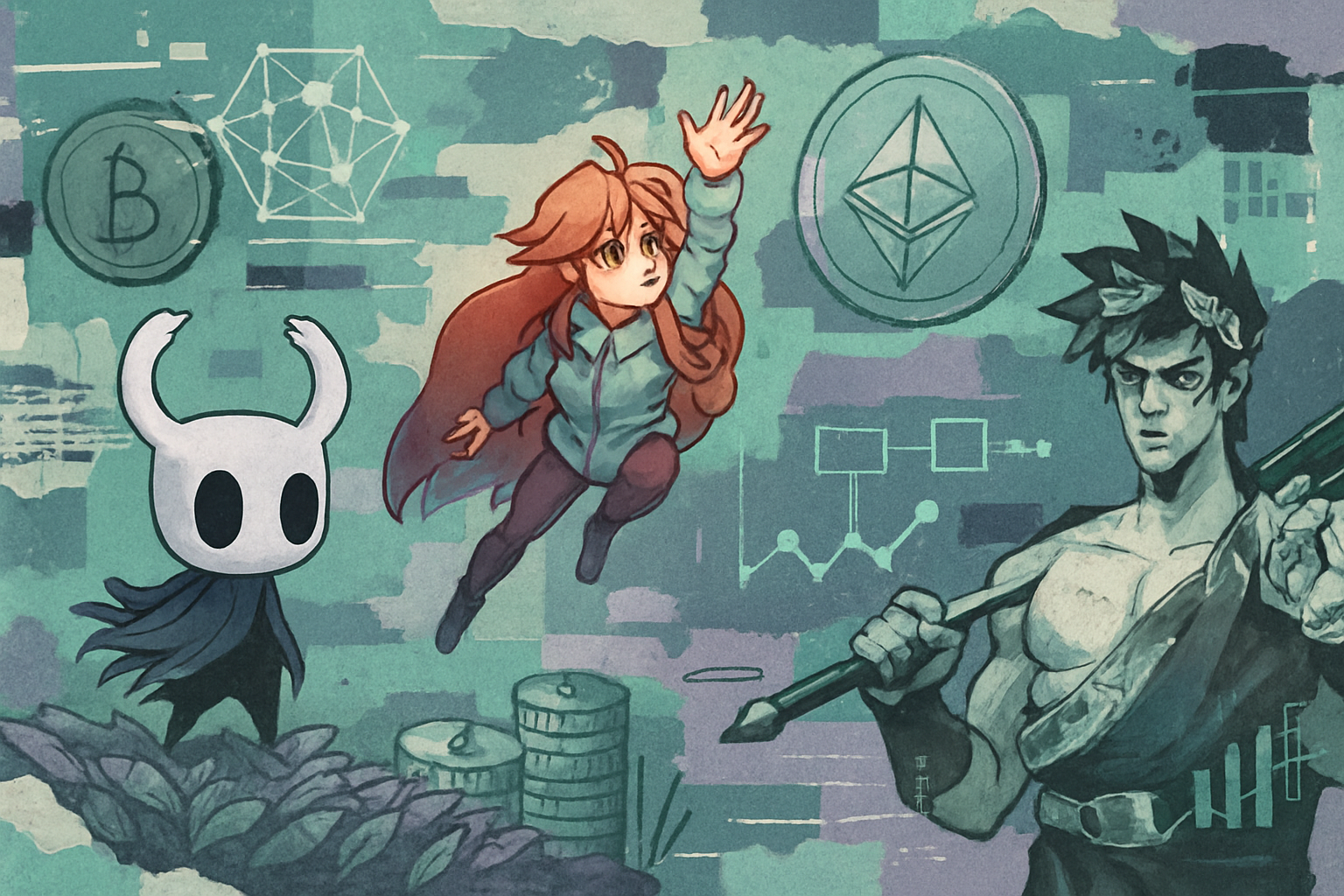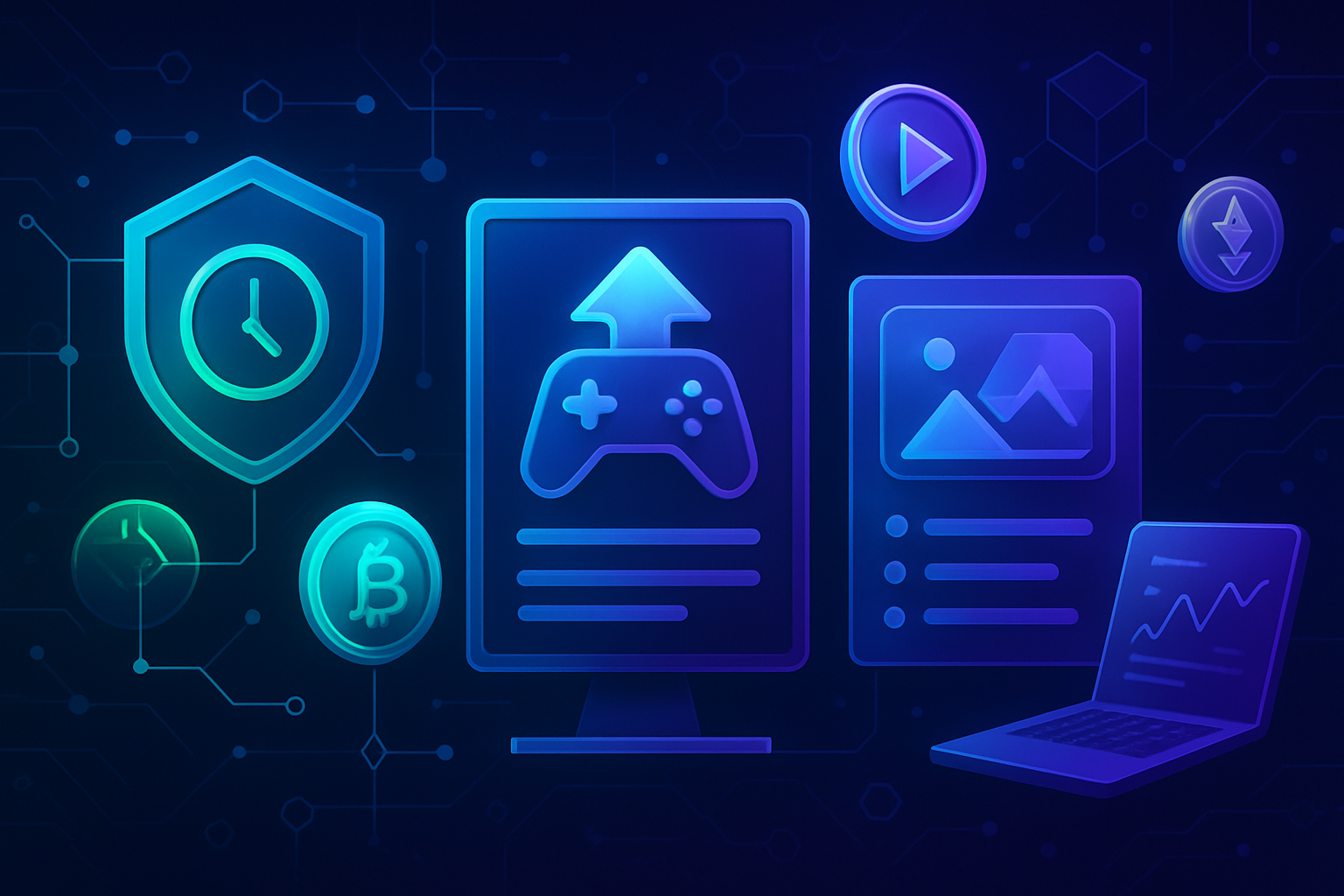
Getting your indie game wishlisted on Steam is more than just a vanity metric – it’s a critical driver of visibility, algorithmic promotion, and ultimately, sales. In 2025’s fiercely competitive indie landscape, the difference between obscurity and breakout success often hinges on how effectively you convert interest into wishlists. Drawing from current market data and proven community strategies, especially those surfaced during #WishlistWednesday discussions, here are five actionable tactics every indie developer should prioritize.
1. Leverage #WishlistWednesday on Twitter to Showcase Progress and Engage the Indie Dev Community
#WishlistWednesday has evolved into a weekly ritual for both developers and players on Twitter (now X). By consistently sharing development updates, work-in-progress GIFs, or teaser trailers each Wednesday with the hashtag, you not only keep your audience engaged but also tap into a vibrant network of fellow indies amplifying each other’s projects. The communal aspect is powerful – developers routinely support one another by liking, retweeting, and wishlisting showcased games.
To maximize impact:
- Be authentic: Share honest progress updates or even setbacks; transparency builds trust.
- Engage with others: Don’t just post and ghost. Respond to comments and support other devs in the thread.
- Include a direct Steam link: Make it frictionless for viewers to wishlist your game.
This organic exposure can lead to spikes in wishlists every week. For more on how community-driven strategies power discoverability, see our analysis at this guide.
2. Build and Regularly Update a Targeted Press and Influencer List for Personalized Outreach
A curated press list remains one of the most effective tools in an indie developer’s marketing arsenal. Identify journalists, bloggers, YouTubers, and streamers who cover your genre or have spotlighted similar titles. Personalized outreach – referencing their previous work or explaining why your game fits their audience – dramatically increases the odds of coverage or streaming opportunities.
![]()
Key steps include:
- Research relevant contacts: Use platforms like Twitter/X, YouTube, and Itch. io to find influencers who genuinely engage with games like yours.
- Maintain an up-to-date list: Track responses and tailor follow-ups based on past interactions.
- Offer exclusive assets or early demo access: Make it easy for press/influencers to cover your game with ready-to-use screenshots or press kits.
This method was cited as instrumental by solo developers who achieved over 10,000 wishlists pre-launch. For more insights into how targeted outreach can supercharge wishlist growth, check out our related deep dive at this article.
3. Optimize Your Steam Page with High-Impact Visuals, a Compelling Trailer, and Clear Calls to Action
Your Steam page is often the first impression potential fans get of your project – make it count! Professional capsule art (the main image), engaging screenshots that communicate gameplay loops or unique mechanics, and a punchy trailer are essential for converting browsers into wishlisters. Equally important is clarity: succinct descriptions highlighting what sets your game apart alongside obvious calls-to-action (“Add to Wishlist” buttons) drive conversions.
Key Elements to Optimize Your Steam Page
-
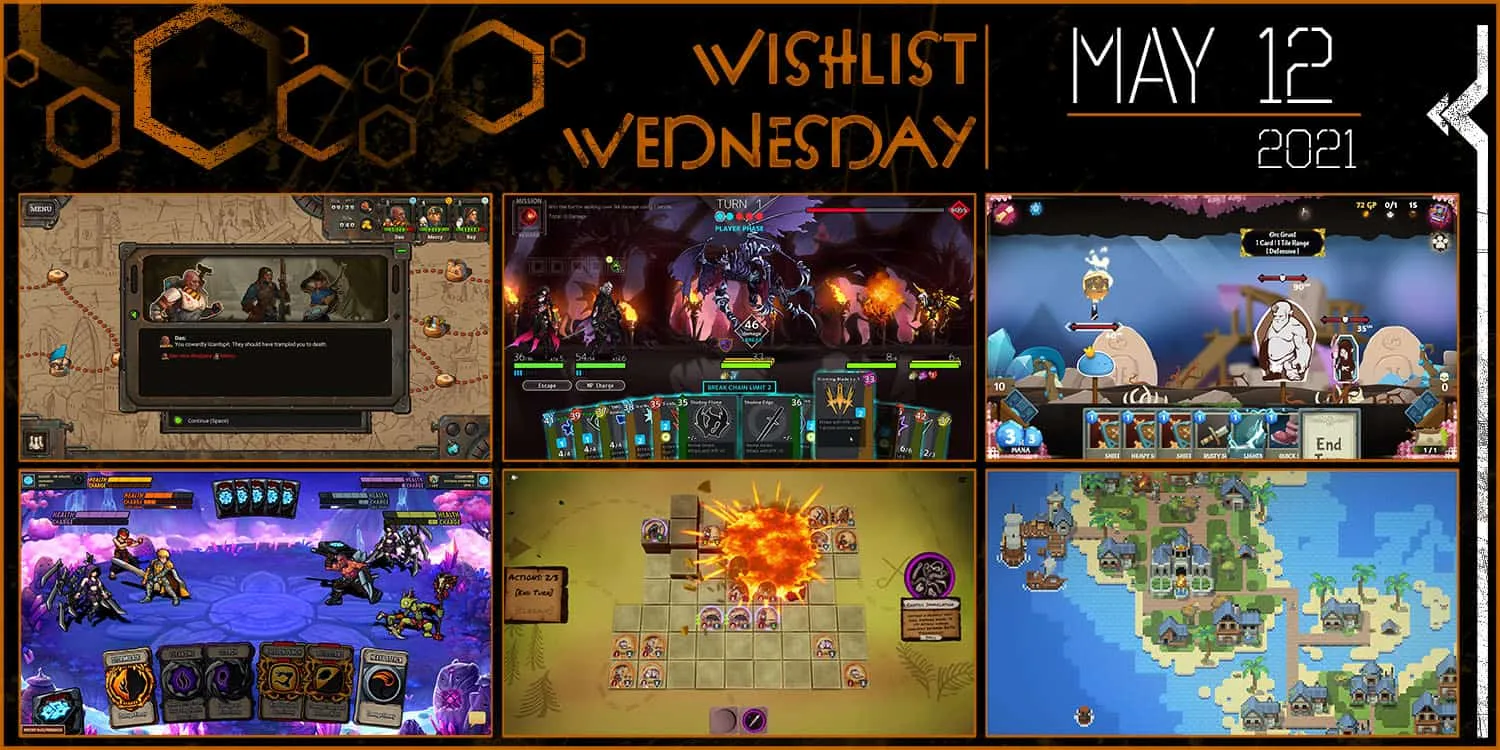
Leverage #WishlistWednesday on Twitter to showcase your game’s progress and engage with the indie dev community. Consistent participation boosts visibility and encourages wishlisting through peer support and audience discovery.
-
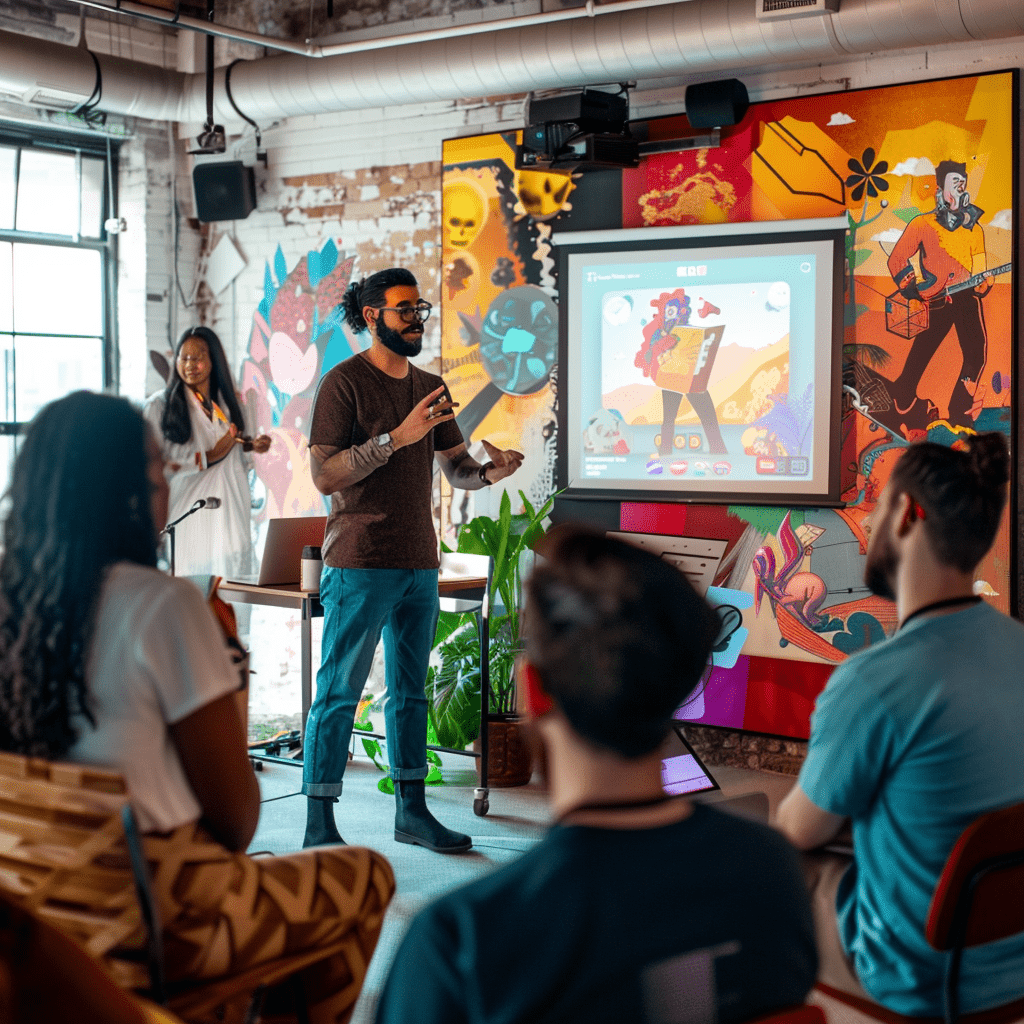
Build and Regularly Update a Targeted Press & Influencer List for personalized outreach. Identify journalists, streamers, and content creators interested in your genre, and keep them informed with tailored updates to maximize coverage and wishlist conversions.
-

Optimize Your Steam Page with High-Impact Visuals, a Compelling Trailer, and Clear Calls to Action. Use professional capsule art, engaging screenshots, and a trailer that highlights your game’s unique features. Ensure your page description is concise and persuasive, with visible wishlist prompts.
-
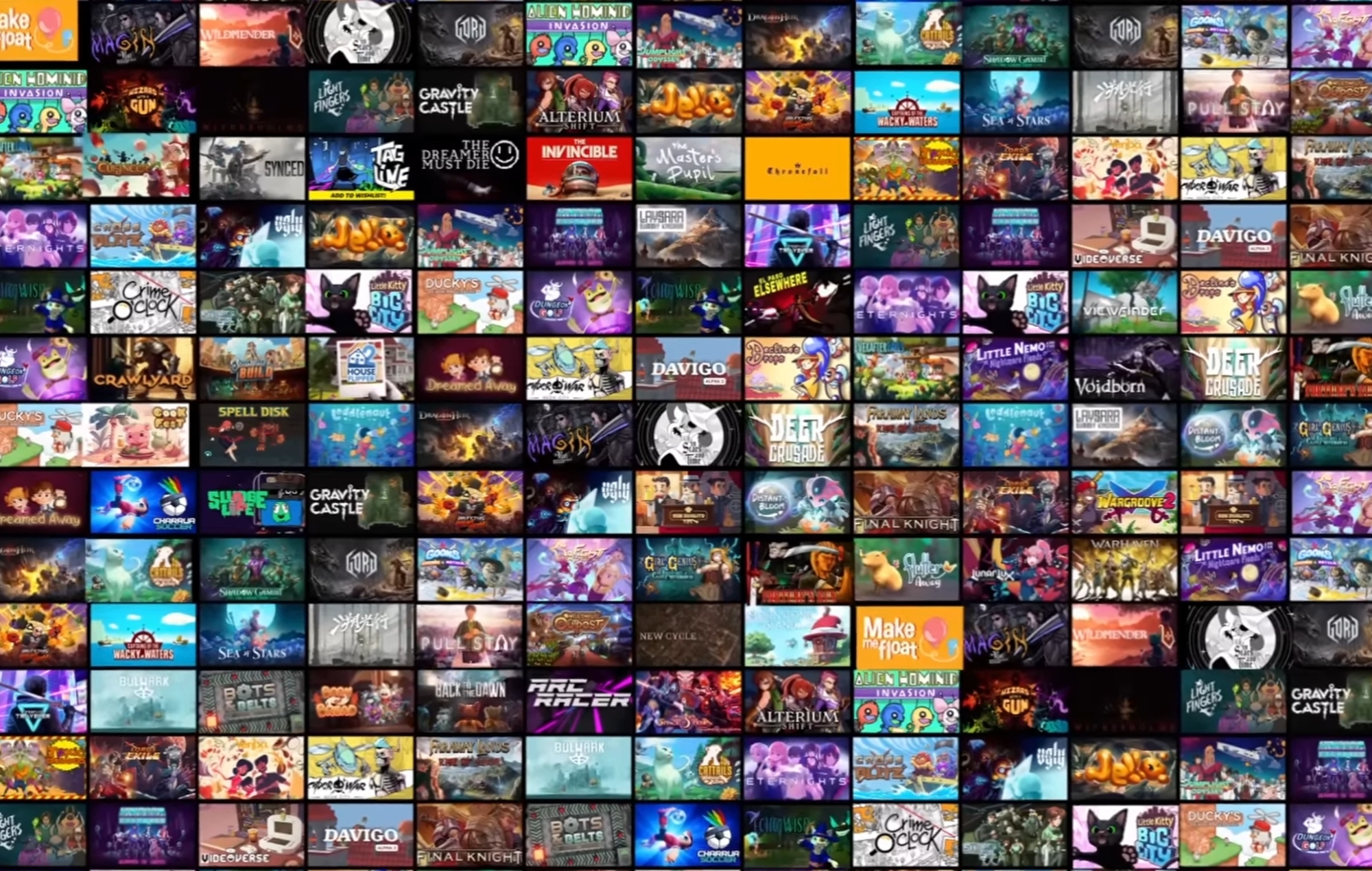
Participate in Steam Festivals and Relevant Game Jams to maximize exposure and drive organic wishlist growth. Events like Steam Next Fest offer valuable visibility, while game jams can generate buzz and community engagement.
-
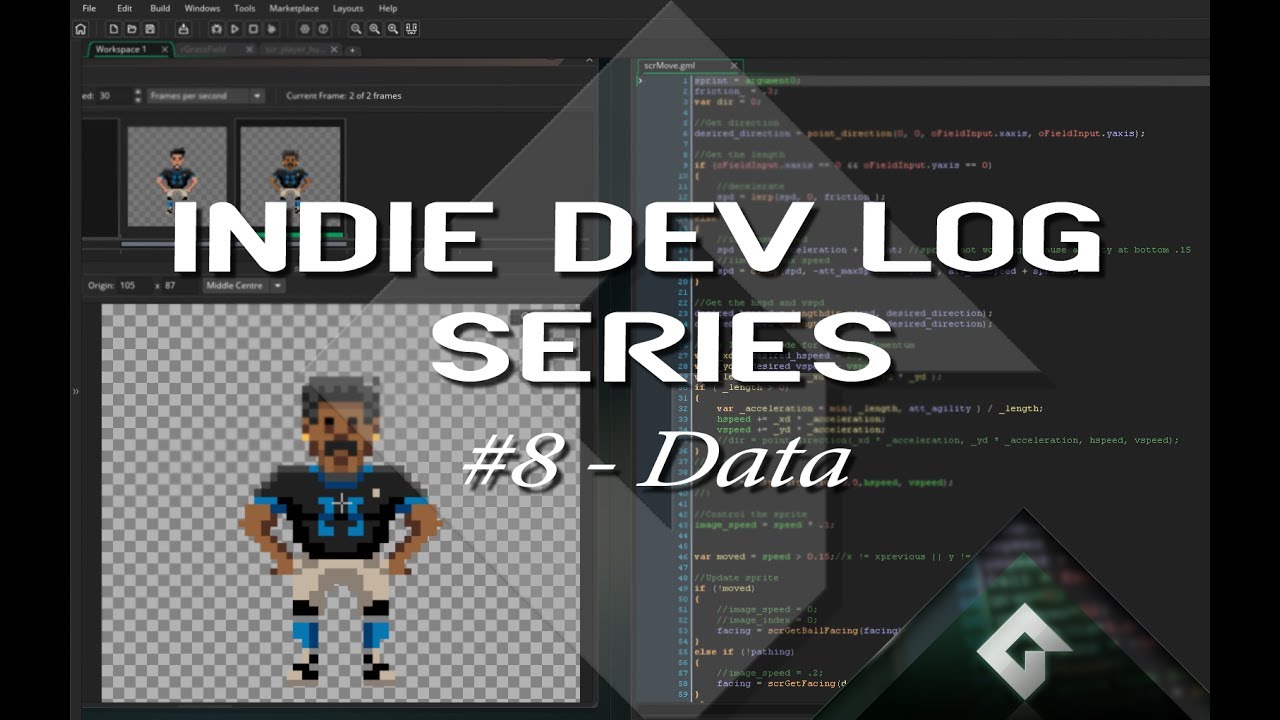
Share Transparent Development Updates and Behind-the-Scenes Content on social platforms and Discord. Regular, authentic communication builds trust and excitement, converting interested followers into wishlisters.
Regularly update your page with news posts or devlogs; this not only keeps existing followers engaged but also signals activity to Steam’s recommendation algorithms. For further reading on best practices in Steam page optimization and its direct impact on wishlist numbers, see our feature at this link.
4. Participate in Steam Festivals and Relevant Game Jams to Maximize Exposure and Drive Organic Wishlist Growth
Steam festivals, such as Next Fest or genre-specific showcases, have become essential visibility accelerators for indie developers. By submitting a polished demo and actively engaging with festival participants, you can dramatically boost your game’s exposure to thousands of potential players. These events often result in significant spikes in wishlist numbers, especially if you are responsive in event forums and livestreams. Game jams, while not directly tied to Steam, also provide valuable opportunities: a jam prototype can attract early community interest and serve as a springboard for your main project.
- Prepare early: Ensure your demo is stable and visually representative of the final experience.
- Promote your participation: Announce your involvement across social channels and Discord to mobilize your audience.
- Engage during the event: Answer questions live, collect feedback, and encourage players to add your game to their wishlists after trying the demo.
The organic momentum from these festivals can propel your game into Steam’s algorithmic recommendation loops. For more on how these strategies influence indie success stories, visit this resource.
5. Share Transparent Development Updates and Behind-the-Scenes Content on Social Platforms and Discord
Transparency is a powerful trust-builder in today’s indie market. Regularly sharing development updates, whether through Twitter threads, Discord announcements, or devlogs, keeps your audience invested in the journey of your game. Behind-the-scenes content like time-lapse videos of asset creation or candid discussions about design challenges humanize your studio and foster community loyalty.
- Create a schedule: Post updates at regular intervals so followers know when to expect new content.
- Show process, not just polish: Players appreciate seeing rough sketches, failed experiments, or feature pivots, it makes the eventual product feel more personal.
- Use interactivity: Polls or Q and A sessions on Discord can increase engagement while gathering valuable feedback that informs development decisions.
This consistent communication not only encourages wishlisting but also primes your core fans to become advocates who share news organically within their own circles, a multiplier effect that is difficult to achieve through paid promotion alone.
Key Takeaways: Building Momentum for Your Indie Game Launch
The landscape for indie game marketing is more dynamic, and competitive, than ever before. However, by focusing on proven tactics such as leveraging #WishlistWednesday for community amplification, maintaining an active press/influencer list for targeted outreach, optimizing every aspect of your Steam page for conversion, participating in high-visibility festivals/game jams, and fostering transparency through authentic development updates across platforms, you put yourself in the strongest possible position for launch day success.
Remember: consistent effort compounds over time. Each wishlist represents not just potential revenue but also increased algorithmic favor from Steam itself. For further insights into how top-performing indies are leveraging these exact strategies to surge up the charts this year, explore our curated case studies at this page.
Which strategy has most boosted your Steam wishlist count?
Indie devs use a variety of proven tactics to increase Steam wishlists. Which of these strategies has made the biggest impact for your game? Share your experience!


